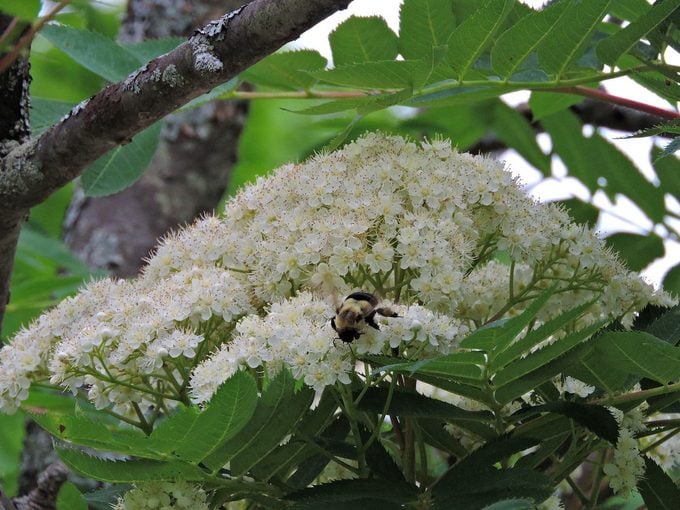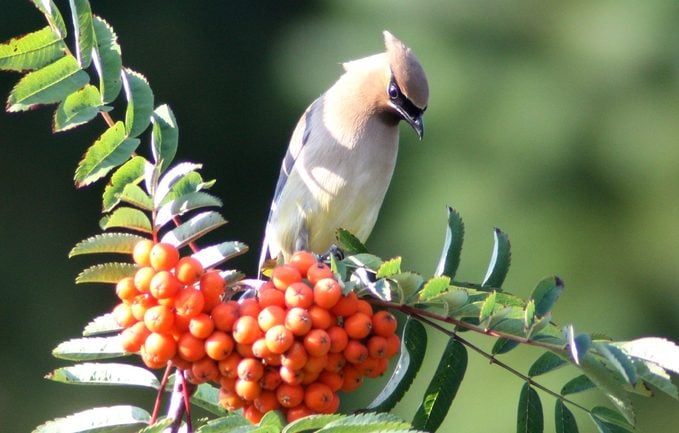Attract Birds and More With a Mountain Ash Tree
Updated: Jan. 10, 2022

Mountain ash trees are gorgeous, but offer much more than looks. Discover the berries and blooms that make the trees attractive to wildlife.
Our editors and experts handpick every product we feature. We may earn a commission from your purchases.
Why Grow a Mountain Ash Tree?
You get the best of both worlds when it comes to mountain ash. It’s a beautiful tree and its berries attract tons of wildlife, from birds to pollinators. This native tree changes with the seasons, offering something new and exciting every few months.
Check out the top 10 trees and shrubs with berries for birds.
How to Grow Mountain Ash Trees
- Mountain Ash
- Sorbus spp.
- Perennial in Zones 2 to 7
- Full sun or part shade
Planting a mountain ash tree in an appropriate site is key to the health of the tree. Choose a spot with acidic, sandy and moist soil. Follow these steps to plant a new tree.
Mountain ash is susceptible to some diseases, such as scab (a fungal disease) or fireblight. Prune out infected branches to slow and manage the spread of disease. Be sure to clean and disinfect your tools between pruning.
Psst—we found 15 trees you should never grow in your yard.
Why Wildlife Love Mountain Ash Trees

These trees are a wildlife magnet. The fruit attracts cedar waxwings, robins, gray catbirds, thrashers, eastern bluebirds and at least a dozen other berry-loving bird species.
When the berries are not available, the trees appeal to other wildlife, too. Pollinators like bees and butterflies are drawn into its flowers. Watch for them on the white blooms in spring.
Also, keep an eye out for caterpillars. Mountain ash is a host plant for eastern tiger swallowtails. You might be able to see adults laying eggs, caterpillars nibbling the leaves, or even a cocoon.
Discover the top 10 butterfly host plants to attract pollinators.
Backyard Benefits and Berries

It’s the perfect size for a small backyard, only reaching 10 to 25 feet tall. The tree is just tall enough to use as a small shade tree or showcase as a specimen plant.
Plus, it wows in nearly every season. The dark green summer leaves change to yellow, orange and red hues in autumn. They offer winter interest, too. The bright orange-red berries look gorgeous on snowy branches and keep the birds coming back for more. And in spring, delicate white flowers offer nectar and pollen to fluttering pollinators. This tough little tree is also tolerant of strong winds.
Are you ready to plant a native bird garden? Here’s how to do it.




















